The Best TV Shows on Associated Television
Every Associated Television Show Ranked From Best To Worst
Showcasing over 20 shows from 1955 up until 1974, Associated Television stands as a beacon of television excellence. Icons of Associated Television, The Adventures of the Scarlet Pimpernel and The Count of Monte Cristo made their debut in 1955 and 1956, setting industry standards. As of December 2025, we’ve curated over 20 of Associated Television’s premier shows for your viewing pleasure.
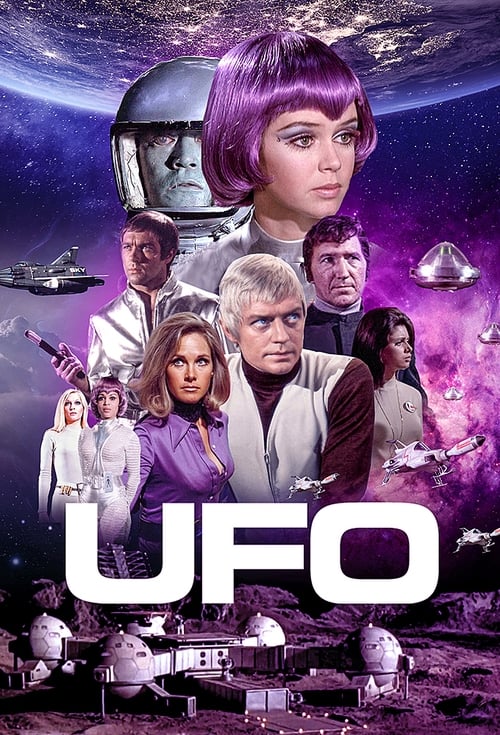 UFO (1970)7.7
UFO (1970)7.7A secret, high-technology international agency called SHADO defends Earth from alien invaders.
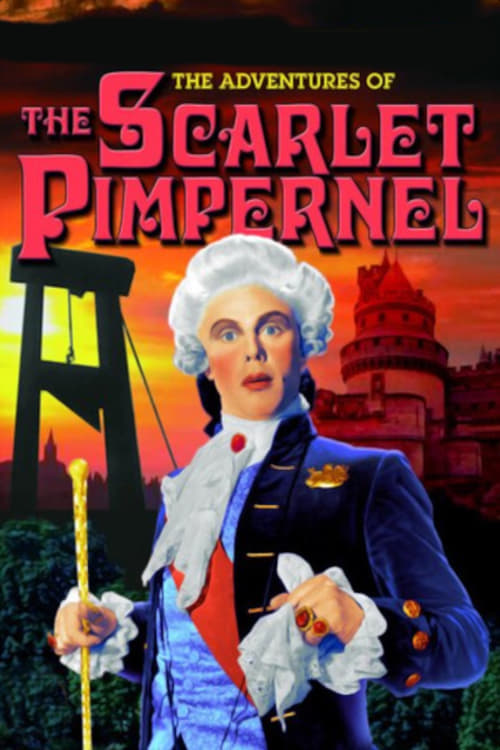 The Adventures of the Scarlet Pimpernel (1955)7.6
The Adventures of the Scarlet Pimpernel (1955)7.6The second collection of short stories written by Baroness Orczy about the gallant English hero, the Scarlet Pimpernel and his League.
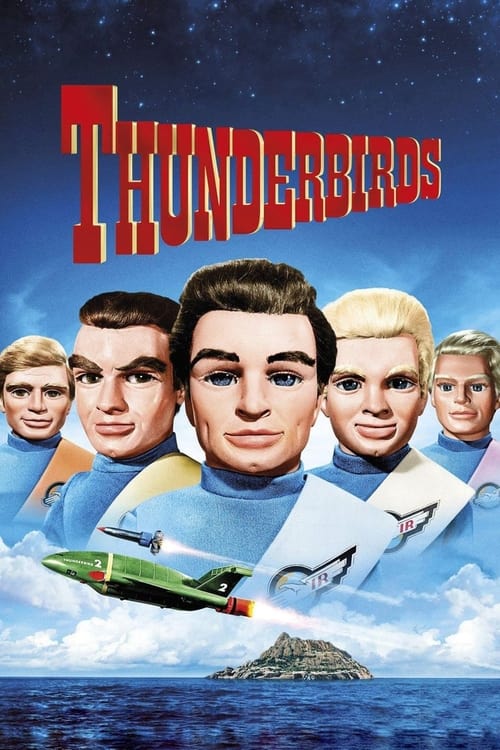 Thunderbirds (1965)7.5
Thunderbirds (1965)7.5Thunderbirds is a 1960s British science-fiction television series which was produced using a mixed method of marionette puppetry and scale-model special effects termed "Supermarionation". The series is set in the 21st century and follows the exploits of International Rescue, a secret organization formed to save people in mortal danger with the help of technologically advanced land, sea, air and space vehicles and equipment, launched from a hidden base on Tracy Island in the South Pacific Ocean.
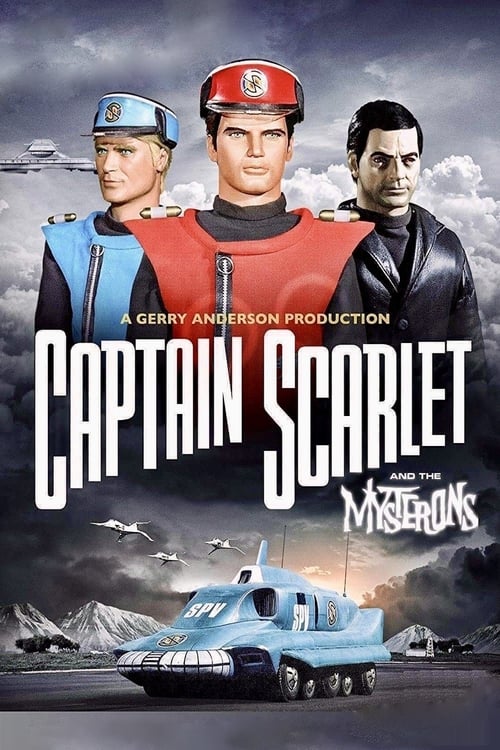 Captain Scarlet and the Mysterons (1967)7.4
Captain Scarlet and the Mysterons (1967)7.4Captain Scarlet and the Mysterons, often referred to as Captain Scarlet, is a 1960s British science-fiction television series produced by the Century 21 Productions company of Gerry and Sylvia Anderson, John Read and Reg Hill. First broadcast on ATV Midlands from September 1967 to May 1968, it has since been transmitted in more than 40 other countries, including the United States, Australia, New Zealand and Japan. Characters are presented as marionette puppets alongside scale model sets and special effects in a filming technique that the Andersons termed "Supermarionation". This technology incorporated solenoid motors as a means of synchronising the puppet's lip movements with pre-recorded dialogue. Set in 2068, Captain Scarlet presents the hostilities between Earth and a race of Martians known as the Mysterons. After human astronauts attack their city on Mars, the vengeful Mysterons declare war on Earth, initiating a series of reprisals that are countered by Spectrum, a worldwide security organisation. Spectrum boasts the extraordinary abilities of its primary agent, Captain Scarlet. During the events of the pilot episode, Scarlet acquires the Mysteron healing power of "retro-metabolism" and is thereafter considered to be virtually "indestructible", being able to recover fully from injuries that would normally be fatal.
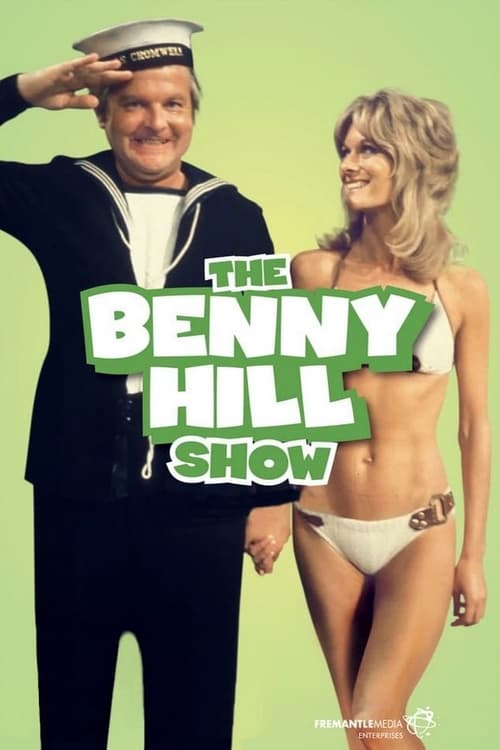 The Benny Hill Show (1969)7.2
The Benny Hill Show (1969)7.2The Benny Hill Show is a British comedy television show that starred Benny Hill and aired in various incarnations between 15 January 1955 and 30 May 1991 in over 140 countries. The show focused on sketches that were full of slapstick, mime, parody, and double-entendre. Thames Television cancelled production of the show in 1989 due to declining ratings and large production costs at £450,000 per show.
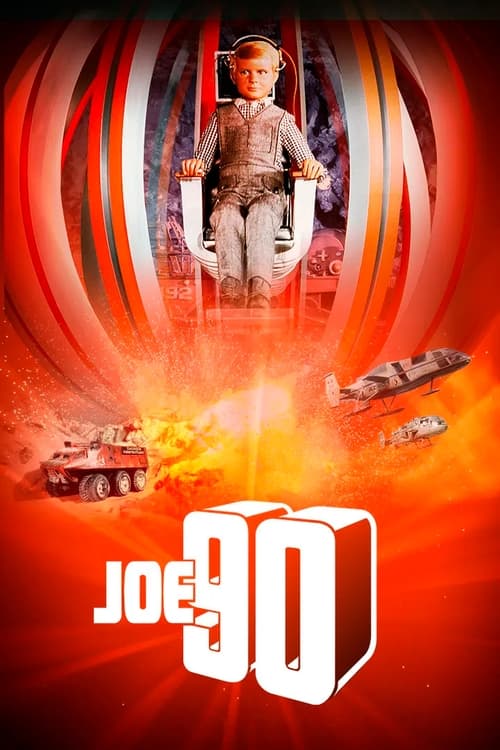 Joe 90 (1968)7.1
Joe 90 (1968)7.1Joe 90 is a 1960s British science-fiction television series following the adventures of a nine-year-old child, Joe McClaine, who starts a double life as a schoolboy-turned-spy when his scientist father invents a device capable of duplicating and transferring expert knowledge and experience from one human brain to another. Equipped with the skills of the foremost academic and military minds, Joe is recruited by the World Intelligence Network and, becoming its "Most Special Agent", pursues the ideal of world peace and saving human life.
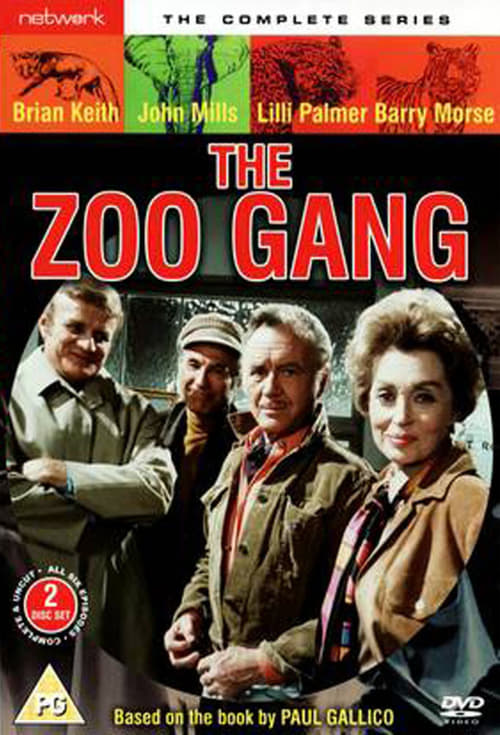 The Zoo Gang (1974)7.0
The Zoo Gang (1974)7.0Six resistance fighters, known by their animal-based code names, fought during World War II. Their efforts came to a stop when one of their number, "the Wolf", betrayed them to the Gestapo. In their interrogation, one of their number, Claude Roget, the husband of Manouche was shot before her eyes. Thirty years later, Thomas Devon spots the Wolf in his shop. The surviving members of the Zoo Gang drop what they are doing and rendezvous for vengeance. The series follows the adventures of the remaining gang of four resistance fighters reunited 30 years later to scam habitual con artists and criminals in order to take their money and use it for good causes. Despite their ages, they put their skills and experience to use to raise enough money to construct a hospital in the memory of Claude. The gang is aided by the son of Manouche and Claude, an inspector in the French police.
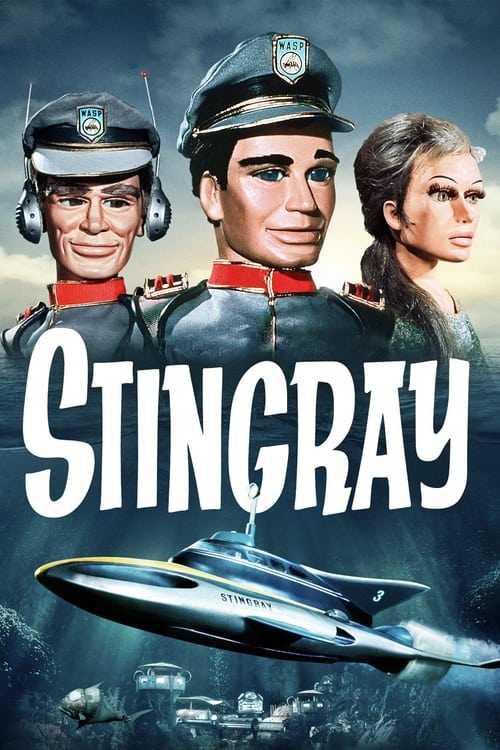
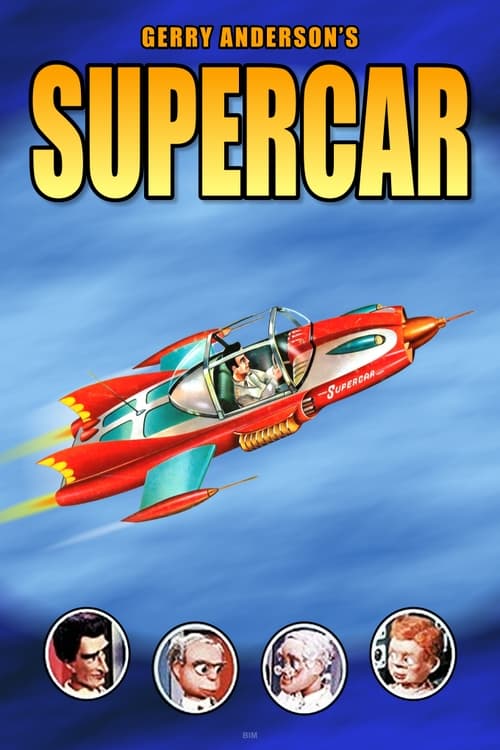 Supercar (1961)6.6
Supercar (1961)6.6Follows the adventures of Mike Mercury and the test crew at Black Rock Laboratory in the Nevada Desert in 1962, as they test out Supercar, a prototype vehicle capable of traveling on land, can dive underwater, and can fly through the air.
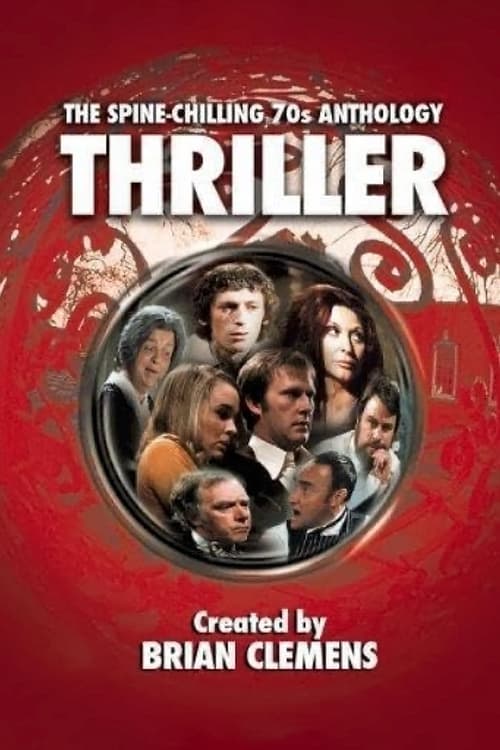 Thriller (1973)6.6
Thriller (1973)6.6Thriller is a British television series, originally broadcast in the UK from 1973 to 1976. It is an anthology series: each episode has a self-contained story and its own cast. As the title suggests, each story is a thriller of some variety, from tales of the supernatural to down-to-earth whodunits.
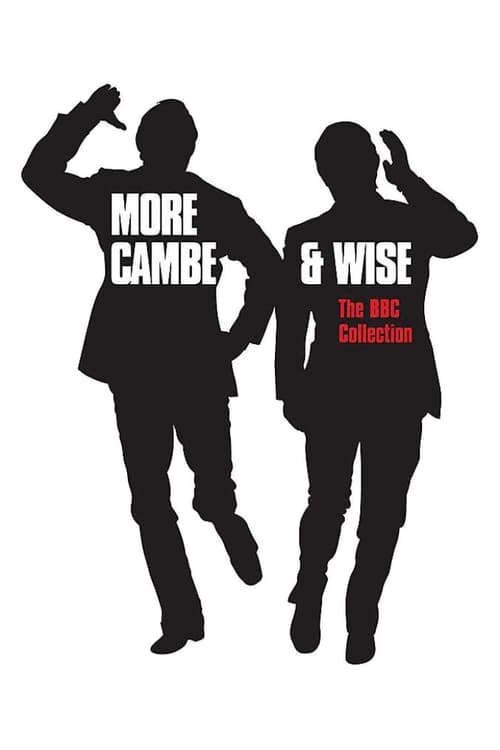 Morecambe & Wise (1961)6.5
Morecambe & Wise (1961)6.5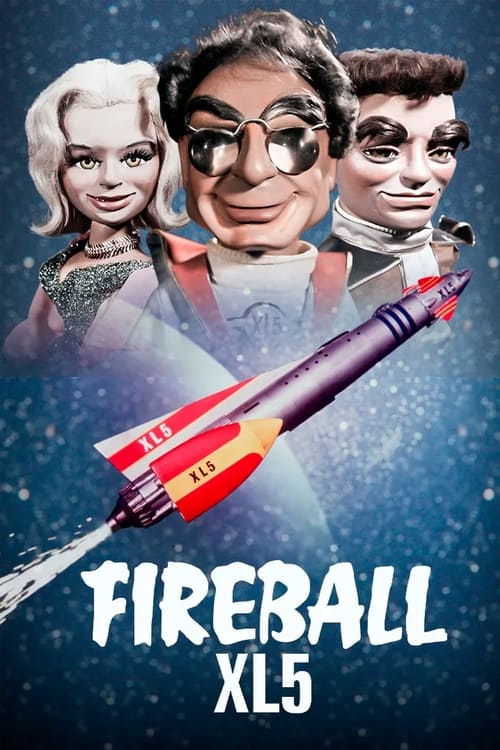 Fireball XL5 (1962)6.1
Fireball XL5 (1962)6.1Fireball XL5 is a science fiction-themed children's television show following the missions of spaceship Fireball XL5, commanded by Colonel Steve Zodiac of the World Space Patrol. The show was produced in 1962 by husband and wife team Gerry and Sylvia Anderson through their company APF, in association with ATV for ITC Entertainment. While developing his new show, Anderson thought a brand of motor oil—Castrol XL—had an interesting sound. A phonetic change created the name "Fireball XL", with the "-5" added as the title seemed a bit flat without the numeral. The show featured the Andersons' Supermarionation, a form of puppetry first introduced in Four Feather Falls and Supercar and used again in their subsequent productions such as Stingray and Captain Scarlet. Thirty-nine black and white half-hour episodes of Fireball XL5 were made on 35mm film: all future Anderson series were produced in colour. Several Anderson series have been shown in syndication in the US, but Fireball XL5 is the only Anderson series to have run on a US network. NBC ran the series in its Saturday morning children's block from 1963 through to September 1965. A similar programme often confused with Fireball XL5 is Space Patrol, produced by Gerry Anderson's ex business partner and co-founder of AP Films, Arthur Provis due to a number of similarities and settings.
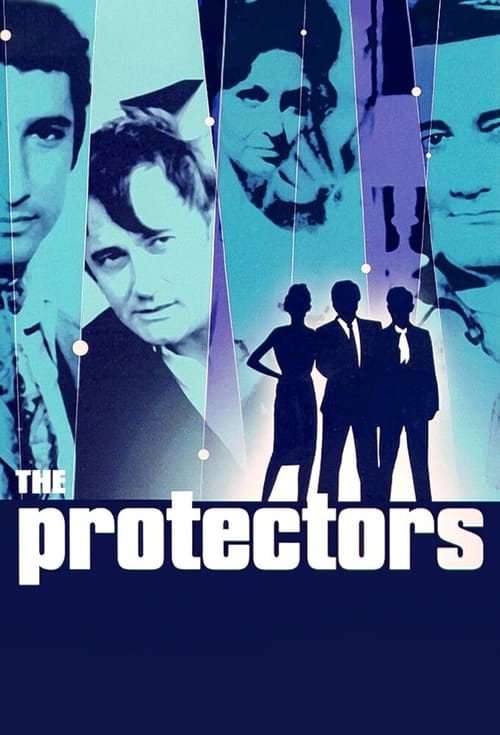 The Protectors (1972)5.8
The Protectors (1972)5.8The Protectors is a British television series, an action thriller created by Gerry Anderson. It was Anderson's second TV series using live actors as opposed to electronic marionettes, and also his second to be firmly set in contemporary times. It was also the only Gerry Anderson produced television series that was not of the fantasy or science fiction genres. It was produced by Lew Grade's ITC Entertainment production company. Despite not featuring marionettes or any real science fiction elements, The Protectors became one of Anderson's most popular productions, easily winning a renewal for a second season. A third season was in the planning stages when the show's major sponsor pulled out, forcing its cancellation. The Protectors first aired in 1972 and 1973, and ran to 52 episodes over two series, each 25 minutes long - making it one of the last series of this type to be produced in a half-hour format. It starred Robert Vaughn as Harry Rule, Nyree Dawn Porter as the Contessa Caroline di Contini, and Tony Anholt as Paul Buchet. Episodes often featured prominent guest actors.
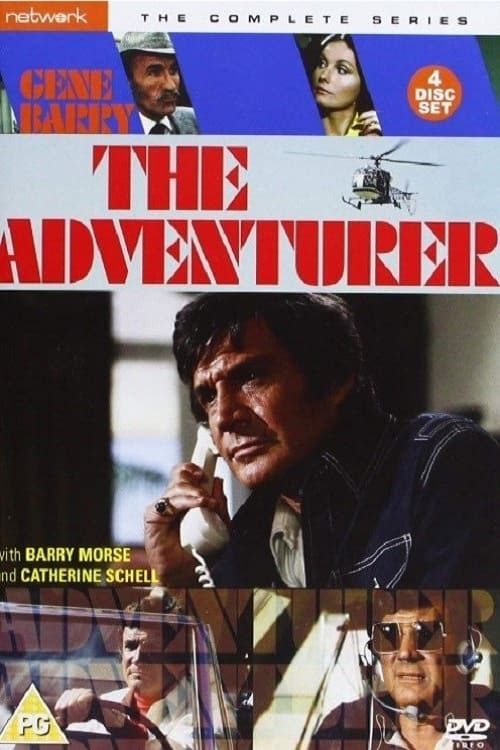 The Adventurer (1972)5.5
The Adventurer (1972)5.5The Adventurer is an ITC Entertainment TV adventure series created by Dennis Spooner that ran for one season from 1972 to 1973. It premiered in the UK on 29 September 1972. The show starred Gene Barry as Gene Bradley, a government agent of independent means who poses as a glamorous American movie star.
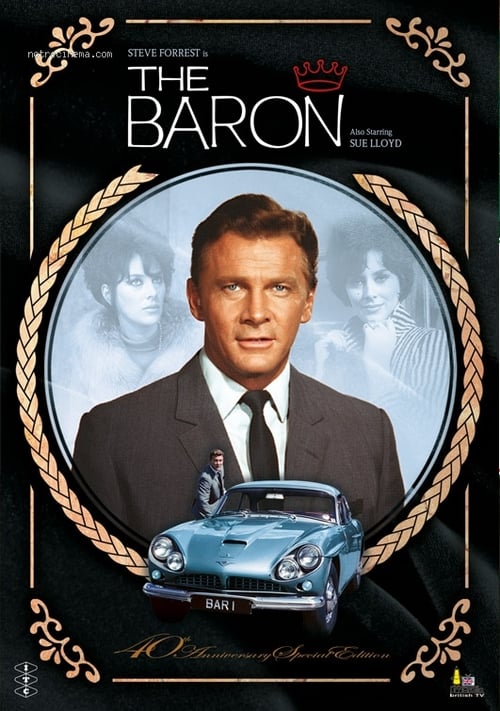 The Baron (1966)5.4
The Baron (1966)5.4The Baron is a British television series, made in 1965/66 based on the book series by John Creasey, written under the pseudonym Anthony Morton, and produced by ITC Entertainment. It was the first ITC show without marionettes to be produced entirely in colour.
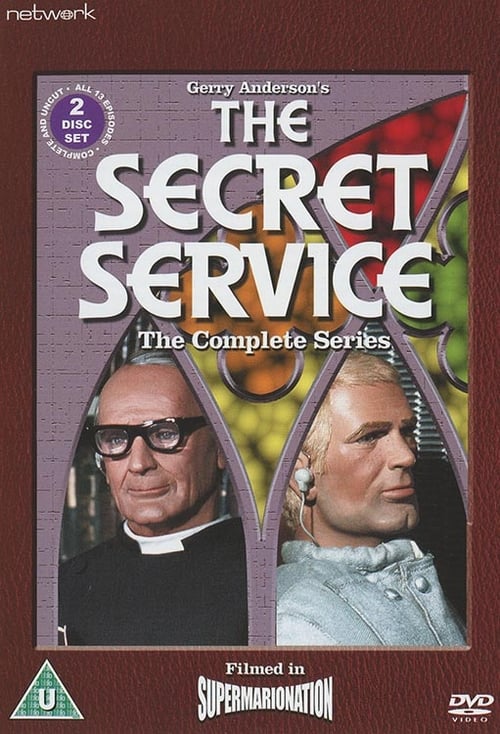 The Secret Service (1969)5.1
The Secret Service (1969)5.1The Secret Service is a British children's espionage television series, made by Century 21 for ITC Entertainment and broadcast on Associated Television, Granada Television & Southern Television in 1969. Created by Gerry and Sylvia Anderson, and produced by David Lane and Reg Hill, it was the eighth and last Century 21 production to feature – in a manner similar to Thunderbirds and other earlier series – marionette puppet characters as part of a filming technique known as "Supermarionation". Under the direction of Gerry Anderson, who wanted to compensate for the inadequacies of Supermarionation and increase the realism of the format, The Secret Service incorporates footage of live actors for long-distance shots. After The Secret Service, Anderson would not work with puppets again until the 1980s, when he produced Terrahawks in "Supermacromation". Episodes of The Secret Service follow the adventures of Father Stanley Unwin, a character voiced by and resembling the real-life comedian of the same name. Outwardly the parish priest of a rural English village, Unwin is in fact a secret agent for BISHOP, a covert branch of British Intelligence that combats criminal and terrorist threats from overseas. Aided by junior operative Matthew Harding, the Father answers to his London-based superior – codenamed "The Bishop" – as he would in his public profession. When faced with the challenge of collecting intelligence in a hostile situation, Unwin and Matthew deploy the "Minimiser", a gadget capable of shrinking Matthew to a fraction of his normal size for the purposes of carrying out secret reconnaissance. A nonsensical gobbledegook of Unwin's formulation is used to confuse and distract enemies when required.
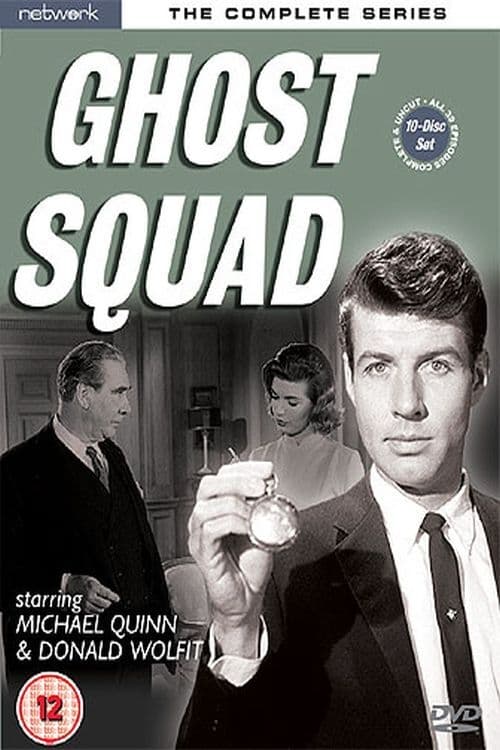 Ghost Squad (1961)5.0
Ghost Squad (1961)5.0Ghost Squad, known as G.S.5 for its third series, was a crime drama series about an elite division of Scotland Yard that ran between 1961 and 1964. Each episode the Ghost Squad would investigate cases that fell outside the scope of normal police work. Despite the show and characters being fictional, an actual division did exist within the Metropolitan Police Service at the time. Inspiration for the series was taken from a book of the same name, written by John Gosling — a retired police officer and former member of the team. Although the real-life squad only operated in London, the fictionalised team travelled internationally; however — as was typical of the time — most foreign locations were actually a combination of stock footage and sets at Independent Artists Studio at Beaconsfield and Elstree Studios. Music was by Philip Green. The show was produced by ITC Entertainment, along with Rank Organisation TV and ATV. It was the first ITC show filmed to fit the one hour time-slot — setting the trend for the majority of ITC's future output. Another common ITC trait was to feature an American, in this case Michael Quinn, in a leading role so as to increase the chances of international sales. At 6' 3", Quinn often towered over his co-workers. This was especially noticeable in the first series title sequence showing him walking through a crowd walking in the opposite direction. He frequently smoked in the show as did many others. The second series had a different title sequence and Neil Hallett sometimes replaced Quinn. Hallett looked more like a spy while Quinn looked a bit like a playboy. Quinn was replaced by Australian actor, Ray Barrett in the third series. Ray Austin played Billy Clay in and was also Stunt Director on all series bringing the action to life. Austin went on to become a renowned TV director in Hollywood and the UK.
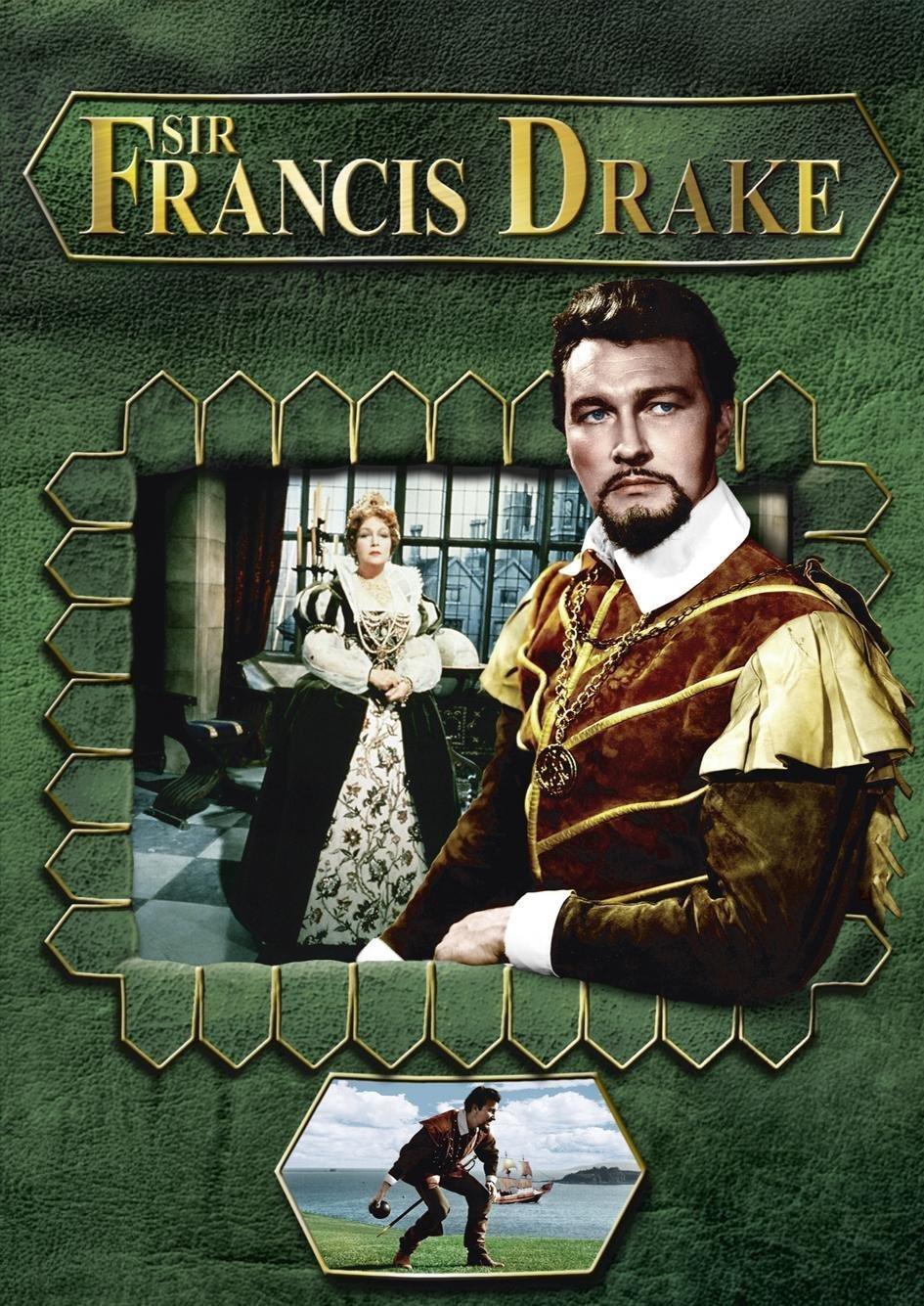 Sir Francis Drake (1961)4.5
Sir Francis Drake (1961)4.5Sir Francis Drake was a British adventure television series starring Terence Morgan as Sir Francis Drake, commander of the sailing ship the Golden Hind. As well as battles at sea, sword fights, the series also deals with intrigue at Elizabeth's court, often caused by Spaniard, Mendoza.
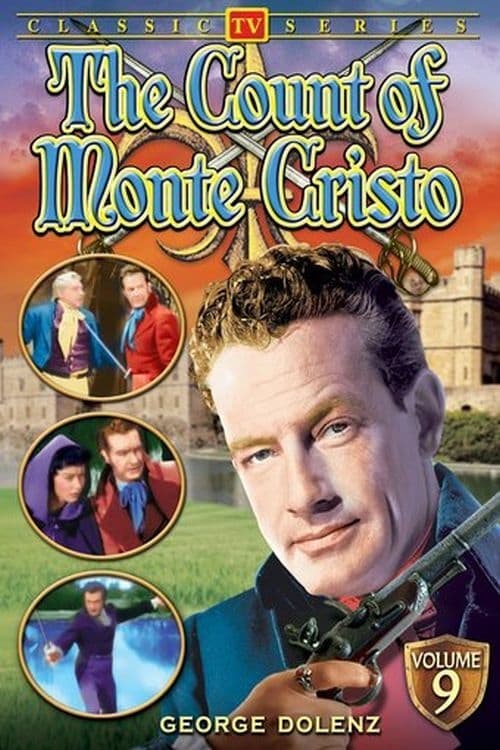 The Count of Monte Cristo (1956)4.4
The Count of Monte Cristo (1956)4.4The Count of Monte Cristo was a 1956 ITC Entertainment/TPA television series adapted very loosely from the novel by Alexandre Dumas, adapted by Sidney Marshall. It premiered in the UK in early 1956 and ran for 39 thirty-minute episodes. The first twelve episodes were filmed in the United States, at the Hal Roach studios, with the rest being filmed at ITC's traditional home of Elstree. A 5-disc DVD set containing all thirty-nine episodes was released by Network Studio on 12 April 2010. ITC produced a film based on the same source-material, The Count of Monte-Cristo, in 1975.
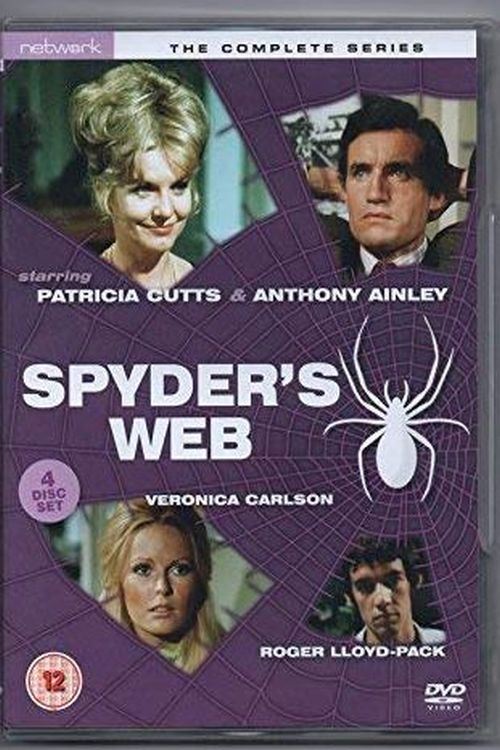 Spyder's Web (1972)4.0
Spyder's Web (1972)4.0Spyder's Web was a British crime drama television series aired in 1972. It starred Anthony Ainley as Clive Hawksworth and Patricia Cutts as Charlotte "Lottie" Dean as two secret agents working for the mysterious Spyder organisation in the interests of the British government.